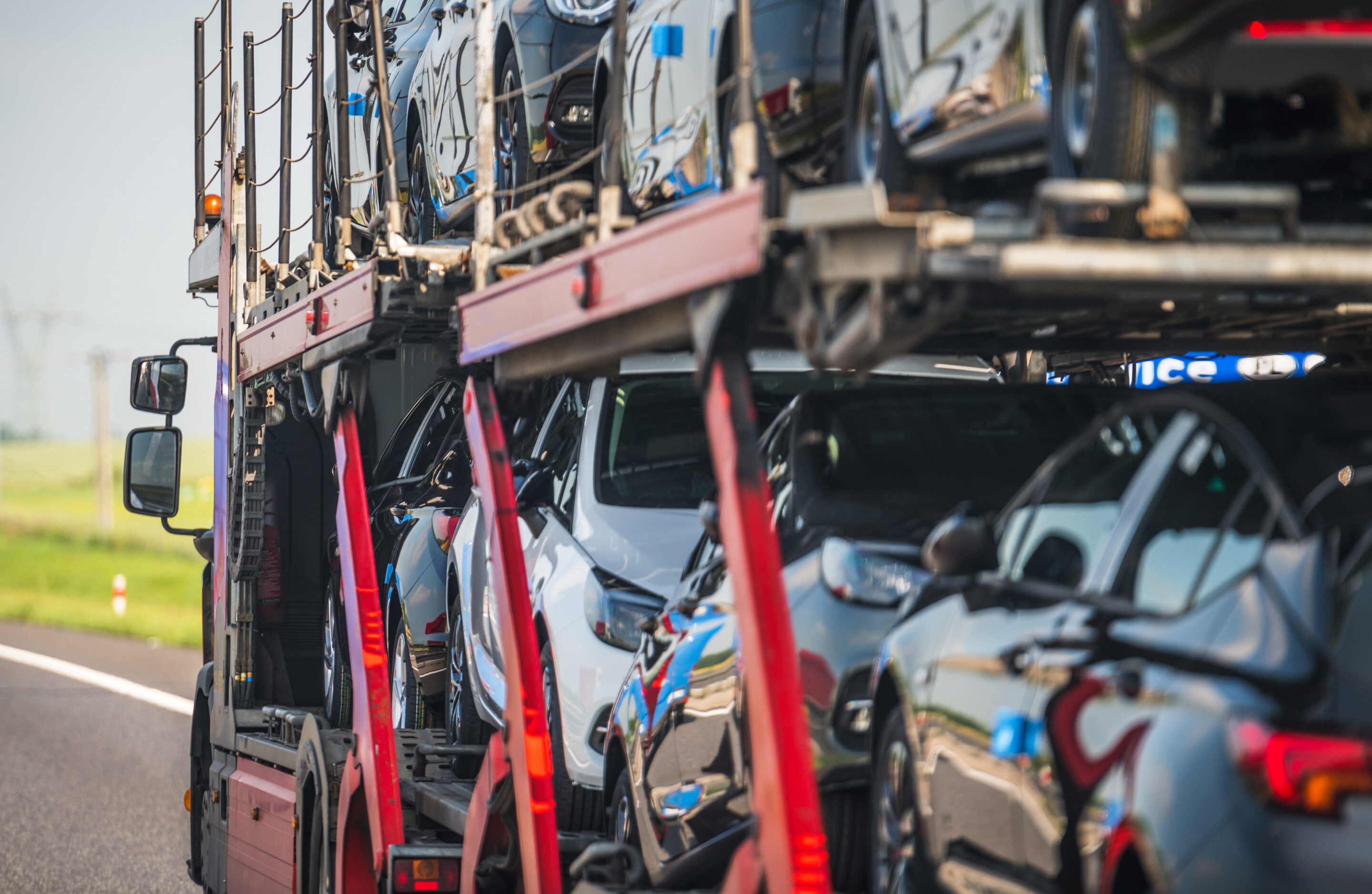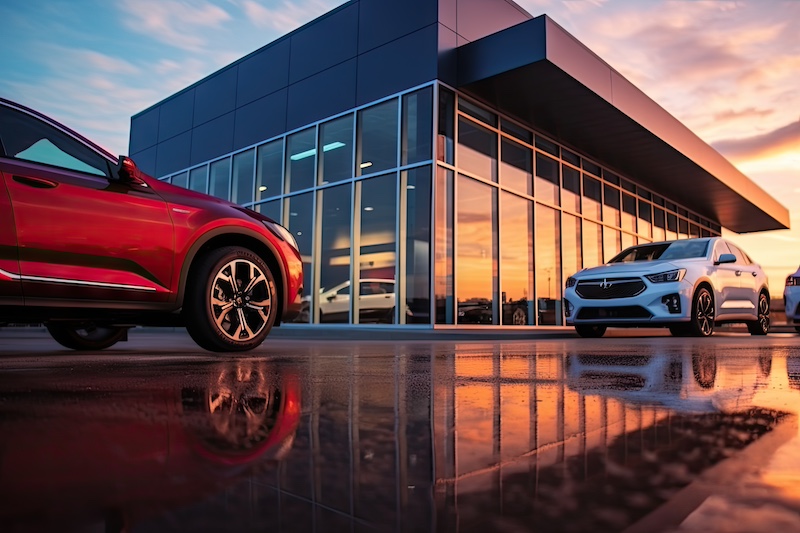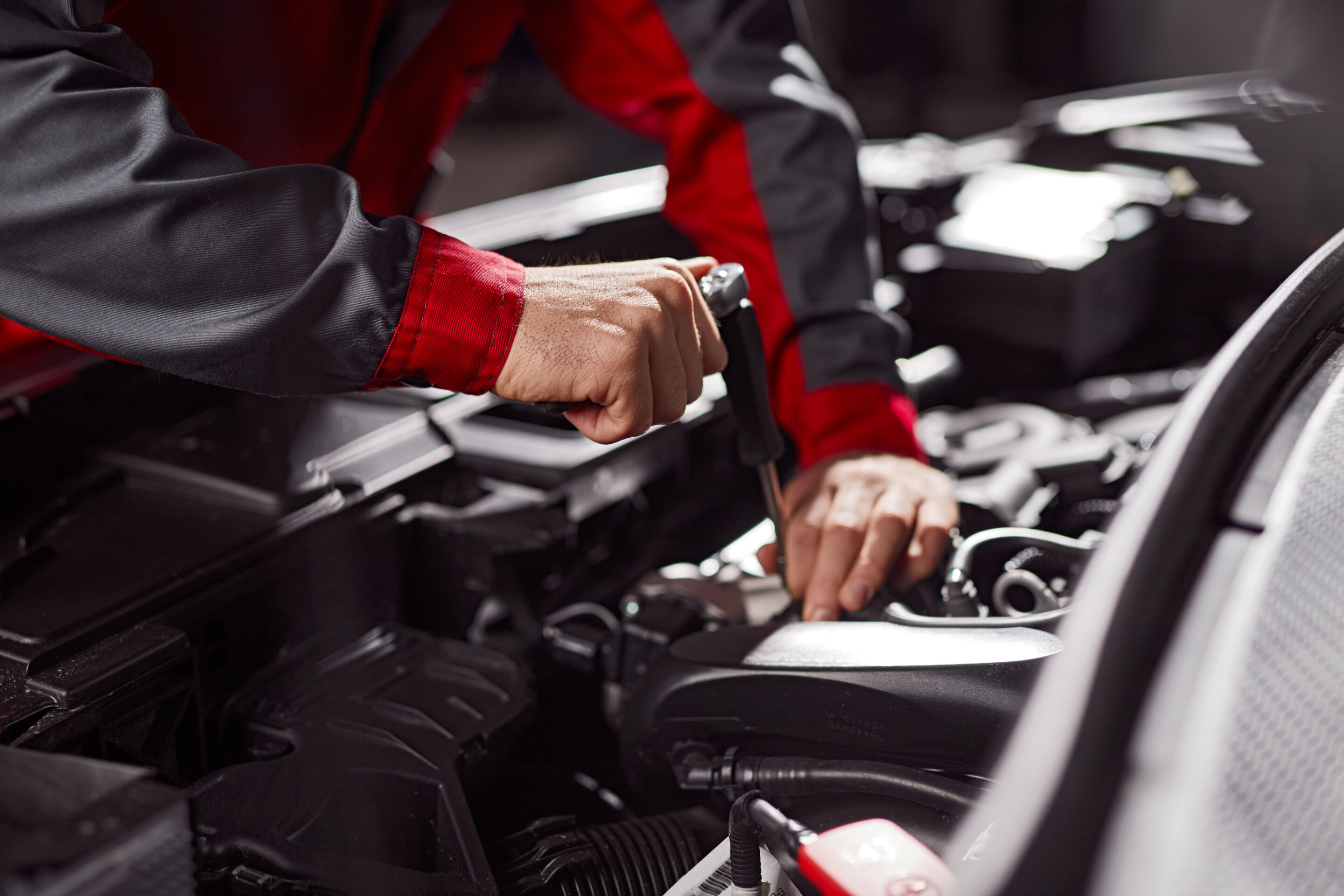As the new normal takes hold at auto dealerships, the blended approach of online and in-person interaction continues to grow.
A recent report from OC&C Strategy Consultants point to dealers focusing on an omnichannel approach to increase sales as the surge in online shopping in the automotive industry during the pandemic has significantly slowed. For most consumers, the relationship with a dealer still carries more weight than the convenience or excitement of shopping online when it comes to making such a substantial purchase.
Respondents stated that dealerships (34 percent) and manufacturers (35 percent) are the most trusted place to purchase online. The journey for the begins online as more than half of U.S. drivers expect to conduct their research online; 17 percent expecting to finalize purchase online.
This approach to market reflects consumer preferences and the physical realities of car sales and servicing. While traditional dealerships are well-positioned for success, those that effectively incorporate insights from digital retail will ultimately come out on top, according to OC&C officials.
Trends in Car-Buying Behaviors
“Despite the digital revolution in many sectors, enthusiasm for online car shopping has slowed down in most markets outside of China,” said Felicity Latcham, associate partner at OC&C Strategy Consultants in a statement released with the report. “Our report shares that in the US, drivers finalize purchases in person, however they are more likely to purchase additional services online and over the phone.”
In fact, the reality is that cars, being physical and often highly personalized items, still demand a level of in-person interaction that purely online shopping currently struggles to match. The U.S. saw a five percent uptick between 2022 and 2024, but its 2024 willingness still sits at just 36 percent, far behind world-leader China’s 62 percent.
“The convenience and efficiency that consumers expect when making purchases online are evident, however aspects of the traditional world still need to come to play,” said Latcham. “Excitement around the possibility of a ‘fully digital’ car purchase has waned.”
Digital Growth Potential
While the general consumer appetite for fully online car purchasing may have slowed down, Latcham explained that the growth potential has not been exhausted as less than five percent of global car transactions are happening online. In the U.S., around 42 percent ‘may consider’ an online purchase but there remains a notable gap between interest and actual purchases.
A big opportunity to close this gap is by focusing on certain demographics that show a stronger affinity for digital transactions.
“Younger drivers, owners of electric vehicles (EVs), and those considering purchasing Chinese brands are especially open to a fully online car-buying experience,” said Latcham. “This makes these groups a prime target for companies looking to boost their digital retail presence.”
Seamless Digital, Physical Channels Key
OC&C officials believe the competitive edge dealers should be focusing on is providing consumers with an easy journey between online and offline channels. Whether a consumer is browsing vehicles online or visiting a dealership in person, their experience should be consistent and fluid.
Latcham explains that a blended approach appeals to both ‘pure online’ shoppers and those who prefer an omnichannel experience, concluding that “ultimately, success will come to those who can deliver this seamless integration while also maintaining profitable operations.”
Traditional dealers have inherent advantages in this hybrid model due to their existing infrastructure and market presence. The future of automotive retail lies in providing a frictionless customer experience that blends the best of both worlds: the convenience and efficiency of digital platforms with the trust, service, and expertise of physical dealerships, said Latcham
“Traditional dealers in the U.S. that embrace this integrated approach, refining their online-to-offline journey, are positioned to be the real winners in the automotive market’s digital transformation,” she said.









